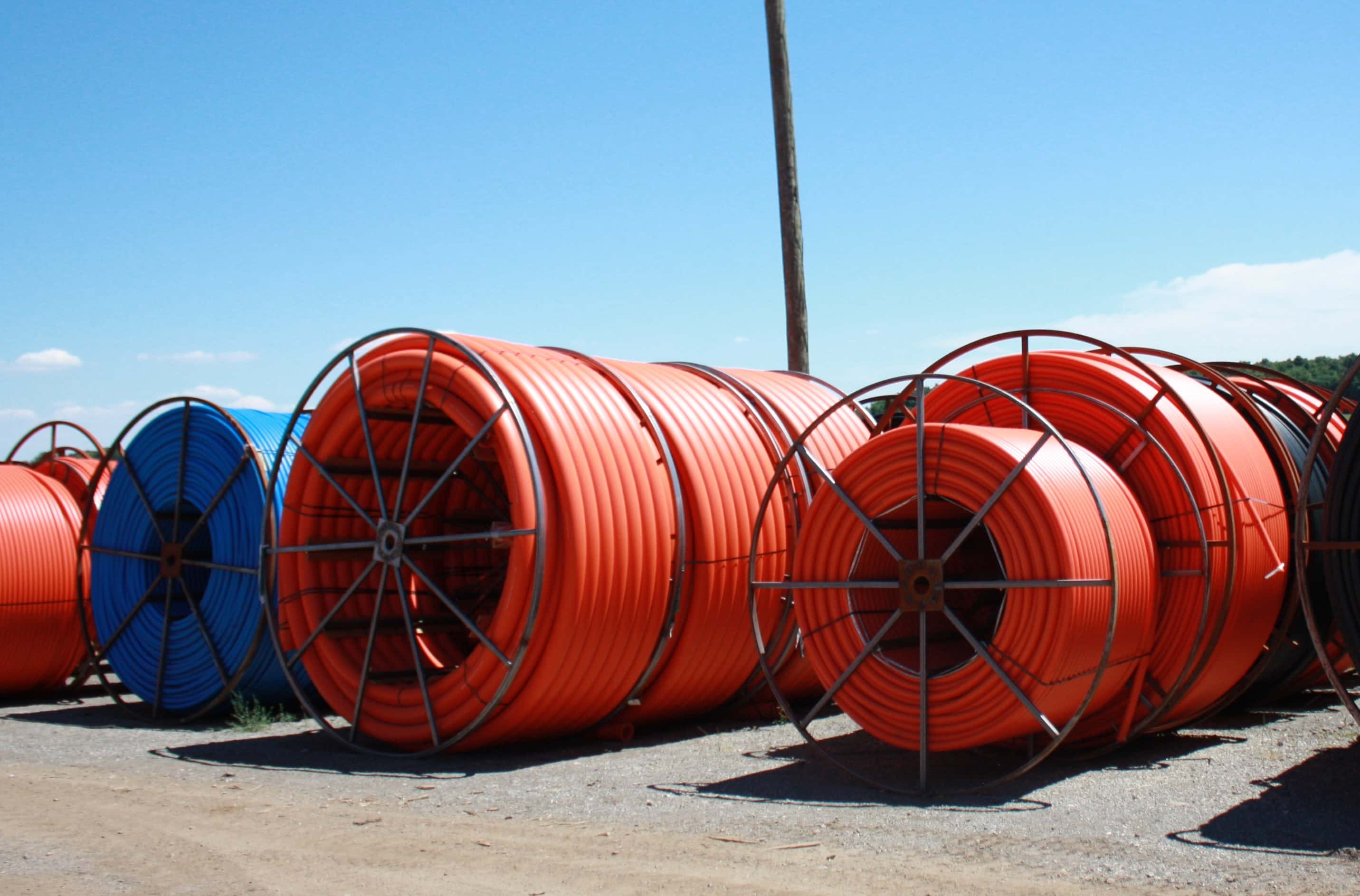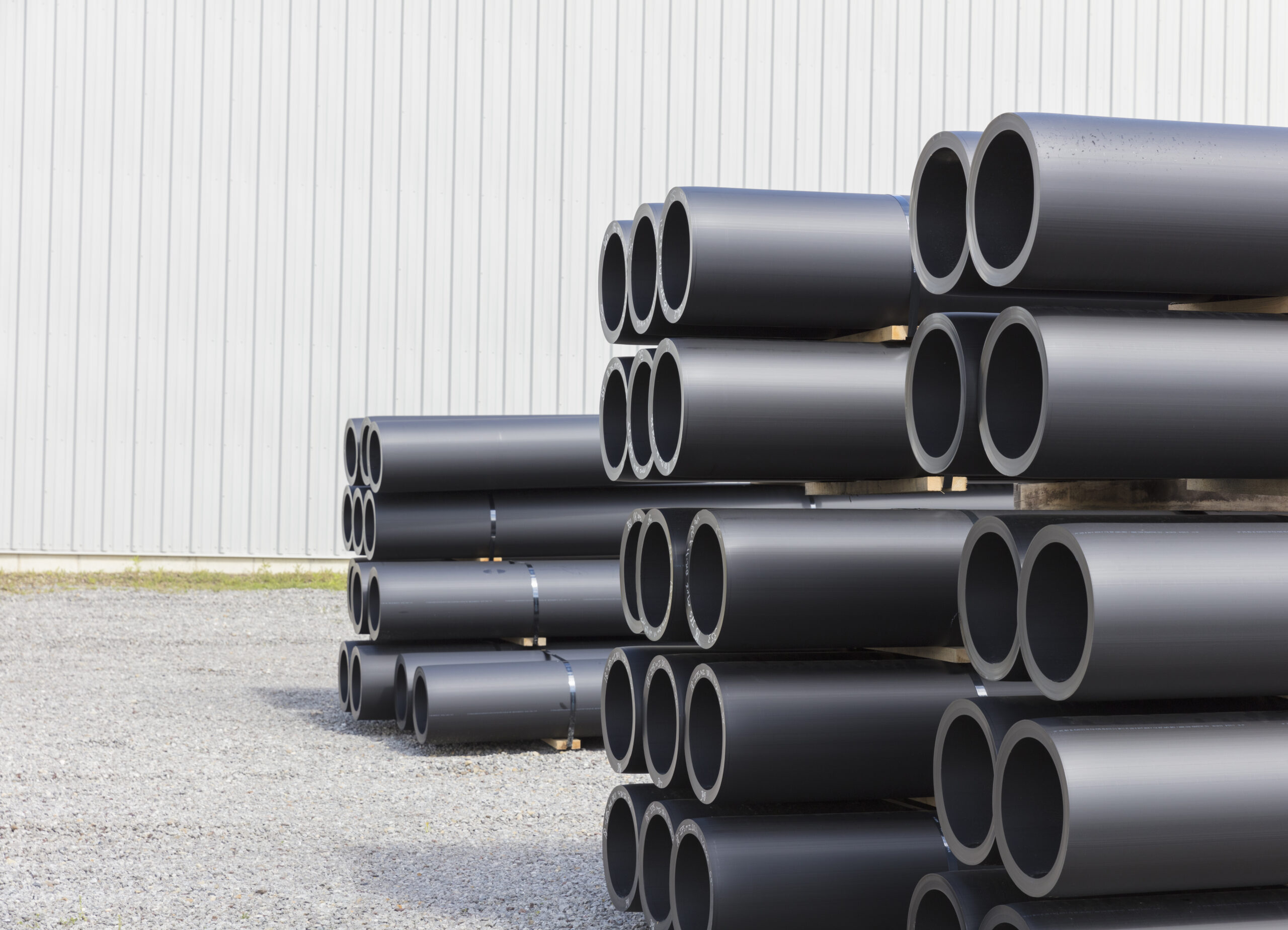The Crucial Steps for Effective Setup of HDPE Pipe in Your Following Project
Successful installation of HDPE pipe needs careful planning and execution. Trick actions include examining job needs, preparing the website, and picking correct joining strategies. Each stage plays a crucial role in making sure the stability and efficiency of the pipe. Recognizing these necessary steps can greatly affect the overall success of the project - hdpe pipe in stock Midland TX. However, the subtleties of each step may hold the secret to getting rid of common difficulties faced throughout installment
Comprehending the Benefits of HDPE Pipeline
High-density polyethylene (HDPE) pipeline provides countless advantages that make it a preferred option for various applications. Its high resistance to corrosion and chemicals warranties durability popular environments, considerably prolonging the lifespan of setups. In addition, HDPE's flexibility enables easier setup, specifically in difficult surfaces, as it can bend without damaging. The light-weight nature of HDPE pipe simplifies transportation and handling, minimizing labor prices during installment.
HDPE pipe is recognized for its reduced friction coefficient, which boosts liquid circulation and reduces power usage. Its smooth construction reduces the risk of leakages, adding to better source management and ecological defense. In addition, HDPE is recyclable, straightening with sustainable practices and lowering environmental effect. In general, the combination of strength, adaptability, and eco-friendliness makes HDPE pipeline an exceptional choice for a large range of tasks, from water distribution to commercial applications.
Preparation Your HDPE Pipe Installment
When intending a setup of HDPE pipeline, mindful factor to consider of numerous essential aspects is essential to secure an effective project. Initially, task supervisors should examine the details needs of the pipeline, including the intended usage, circulation rates, and ecological problems. Recognizing these specifications will certainly lead the option of appropriate pipeline measurements and product quality.
Next, timelines should be developed, considering purchase schedules and any type of prospective delays. Control with regional authorities for authorizations and governing conformity is likewise important. In addition, a comprehensive spending plan must be prepared, incorporating all prices associated with materials, labor, and machinery.
Lastly, it is crucial to engage a qualified team experienced in HDPE pipe installment. Their expertise will help alleviate threats, warranty adherence to sector requirements, and inevitably add to the job's success. Detailed preparation prepares for a smooth installment process and lasting efficiency of the HDPE piping system.
Preparing the Site for Installment
Correct website prep work is important for the effective setup of HDPE pipeline. Before installation starts, the site has to be completely examined to assure it satisfies all required demands. This includes checking the ground for existing frameworks, utilities, and potential threats that can hamper the installation procedure.

Appropriate altitude and placement must be developed to keep a regular slope for drain purposes. Correct water drainage around the installation website is likewise essential to avoid water build-up, which can result in problems down the line.
Methods for Joining HDPE Pipelines
Accomplishing a trusted connection in between HDPE pipelines is necessary for guaranteeing the honesty and longevity of the setup. Different techniques exist for joining these pipes, each fit for different task needs. Combination welding is one of the most common approaches, utilizing warm to bond the pipe ends with each other, producing a smooth and durable link. This method can be more classified right into outlet combination and butt combination, relying on the pipe arrangements.
Mechanical installations are an additional alternative, employing clamps and threaded adapters to join areas of HDPE pipeline. While generally faster to install, they may require extra maintenance over time. Electrofusion is a specific technique that involves using electrical existing to warm and fuse the pipelines with specifically developed installations, making sure a solid bond. Selecting the ideal joining method is critical, as it directly affects the total efficiency and reliability of the HDPE piping system in the designated application.
Checking and Examination of Installed Water Lines
The testing and examination of mounted HDPE pipelines are important to guaranteeing their functionality and long life. This procedure incorporates visual evaluation techniques, stress screening methods, and leak detection procedures to recognize possible problems. By employing these techniques, professionals can verify the honesty of the installment prior to it is put into use.
Aesthetic Inspection Techniques
Utilizing reliable aesthetic inspection techniques is vital for guaranteeing the stability of mounted HDPE pipelines. Assessors must systematically take a look at all noticeable sections of the pipeline to identify any kind of signs of damage, misalignment, or improper installment. Secret indicators to assess include joint honesty, surface area abnormalities, and connections. Assessors may use tools such as magnifying glasses or cams to boost presence and information. It is necessary to check for indications of ecological anxiety, such as distorting or too much bending, which could endanger efficiency. Regular documents of findings enables tracking changes over time and helps overview required repairs. By adhering to well-known visual inspection methods, project groups can notably lower the risk of future failures and guarantee lasting reliability Your Domain Name of the piping system.
Stress Evaluating Techniques
Aesthetic examination works as an initial action, yet it is not enough on its very own to assure the efficiency of mounted HDPE pipelines. Stress screening techniques are essential for making certain the integrity of these systems. Usually, hydrostatic testing is utilized, where the pipes are loaded with water and subjected to stress degrees above the intended operating stress. This method aids identify weaknesses or prospective leakages. Pneumatically-driven screening can additionally be used, although it lugs greater threats because of the compressibility of air. No matter the method picked, adhering to sector criteria and safety procedures is essential. After carrying out pressure tests, thorough documents is required to verify the results and confirm that the installation meets all operational needs before proceeding to the next stage of the job.

Leak Detection Procedures
How can one guarantee that mounted HDPE pipes are devoid of leakages? Effective leak discovery treatments are essential to safeguard the stability of the system. Aesthetic examinations should be done, looking for indications of water build-up or soil disintegration around pipe joints. Following this, stress testing can confirm the system's toughness. A common method is the hydrostatic test, where water is introduced under stress, checking for drops that indicate prospective leakages. Additionally, progressed innovations, such as acoustic sensors or infrared thermography, can detect leakages that may not be noticeable. Regular monitoring and upkeep further add to the longevity of HDPE pipes, ensuring they remain leak-free throughout their functional life expectancy. Appropriate paperwork of these treatments is essential for compliance and future reference.
Upkeep Tips for Long-Term Efficiency
To guarantee the long life of HDPE pipelines, developing a routine evaluation schedule is necessary. This aggressive technique allows for the very early discovery of prospective concerns, lessening costly repair services. Furthermore, implementing proper cleansing methods will certainly help keep peak performance and protect against build-up that can impact functionality.
Regular Evaluation Arrange
Although HDPE pipes are known for their longevity and resistance to deterioration, establishing a regular assessment timetable is essential for guaranteeing their long-term performance. Regular inspections help determine prospective problems such as leakages, joint stability, and environmental effects that might impact the pipeline's performance. It is recommended that inspections occur at the very least biannually, or more frequently in environments with extreme conditions. custom hdpe pipe manufacturing Midland TX. During these evaluations, visual checks need to be carried out to spot indications of wear or damage. In addition, making use of innovation such as ultrasonic testing can supply additional understandings into the pipe's condition. By implementing an organized assessment timetable, project managers can proactively deal with problems, thus expanding the lifespan of HDPE pipes and maintaining system efficiency
Appropriate Cleansing Techniques
Proper cleansing techniques play a crucial duty in maintaining the lasting performance of HDPE pipelines. Regular cleansing avoids the buildup of debris, sediment, and biofilm, which can result in obstructions and reduced circulation efficiency. Operators needs to use approaches such as high-pressure water jetting or foam cleansing to internet properly eliminate contaminants without harming the pipe surface. It is essential to avoid making use of severe chemicals that might break down HDPE material. Furthermore, scheduled maintenance checks ought to include visual examinations for any indications of wear or damages. Properly educated personnel need to accomplish these cleansing procedures, making sure compliance with security and environmental guidelines. By implementing these practices, the lifespan of HDPE pipelines can be considerably prolonged, making certain suitable performance throughout their functional life.
Regularly Asked Concerns
What Are the Environmental Effects of HDPE Pipe Manufacturing?
The ecological effects of HDPE pipe manufacturing consist of greenhouse gas discharges, energy consumption during production, potential plastic pollution, and obstacles in recycling. HDPE's durability and resistance to rust can alleviate some environmental issues.
How Does HDPE Pipeline Contrast to Other Products?

What Tools Are Necessary for HDPE Pipe Setup?
Vital tools for HDPE pipe installment consist of a fusion machine, pipeline cutters, shovels, determining tape, and safety gear. Proper tools guarantees reliable, secure handling and installation, contributing to the task's general success and integrity.
Exist Any Type Of Certain Rules for HDPE Pipe Installment?
Particular guidelines for HDPE pipe setup differ by region, typically controlled by local, state, or federal codes. Conformity with these policies assurances safety and security, environmental management, and functionality, making adherence crucial for effective project results.
Can HDPE Pipes Be Recycled After Usage?
Yes, HDPE pipelines can be recycled after use. Their polycarbonate nature permits reprocessing, making them suitable for recycling into new products. This sustainability element adds to environmental preservation and advertises round economic climate methods in building and construction.